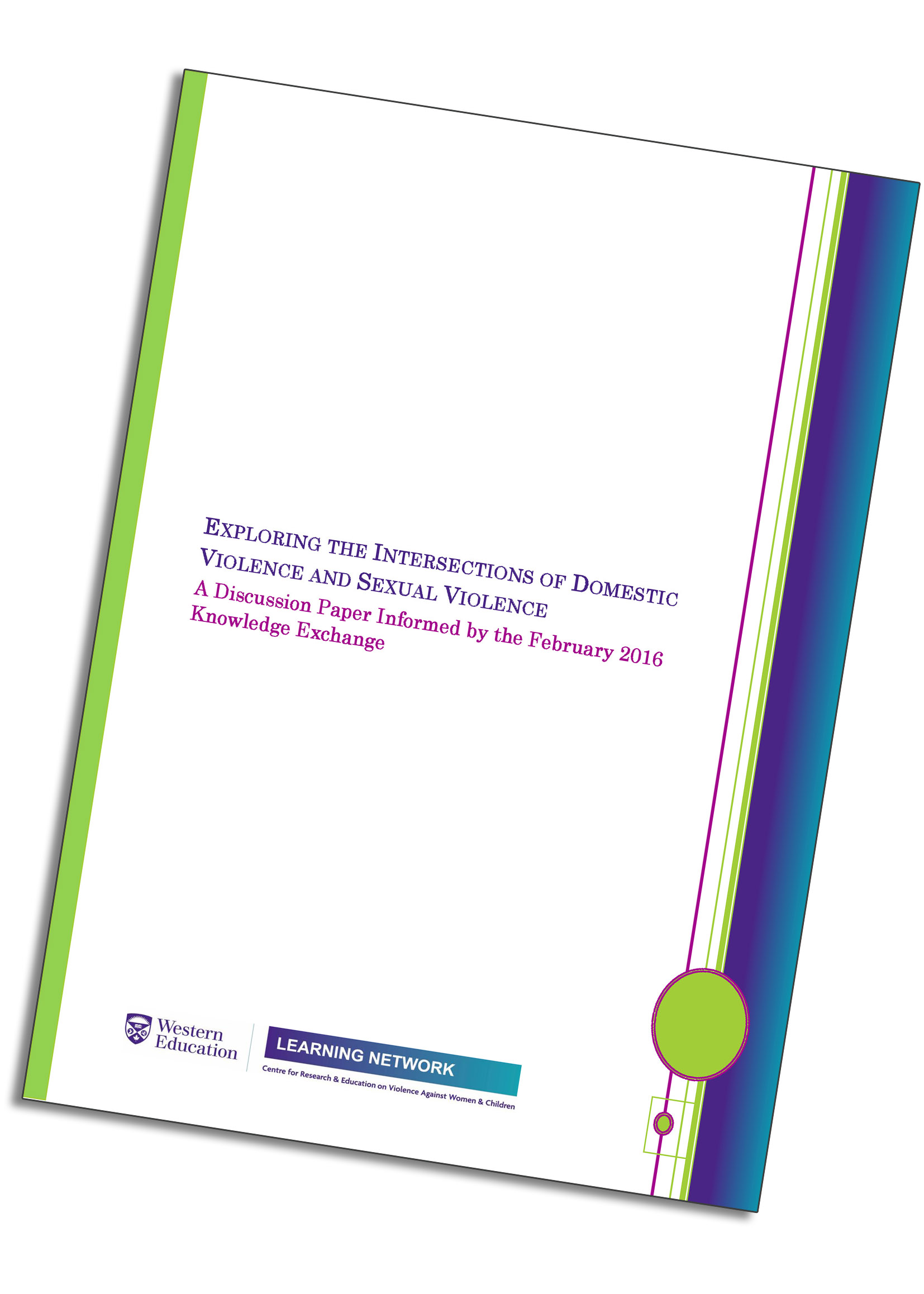Exploring the Intersections of Domestic Violence and Sexual Violence
Intimate partner sexual violence (IPSV) refers to all forms of sexual violence which occur in the context of an intimate relationship between current or former partners.
IPSV, like other forms of violence, may include a range of abusive behaviours including physical violence, coercion and control. Research continues to show that significant numbers of women experience IPSV. Further, these female survivors, besides often having financial dependency on the perpetrator, experience longer-lasting trauma, higher levels of physical injury, higher incidences of multiple sexual assaults, complicated safety issues and challenges in defining the abuse as sexual assault.

Women who experience both sexual and physical violence by an intimate partner are also more likely to be deliberately exposed to sexually transmitted infections, more likely to be forced into pregnancy, and more likely to be killed.
Recognizing and identifying IPSV as both Domestic Violence and Sexual Violence is important to assess appropriate care and supports. The survivor may live in a complex, intimate and long-term relationship (DV) where she may routinely experience sexually violence (SV).
Representatives and survivors from the DV and SV sectors came together in February 2016 at a Knowledge Exchange in Toronto, Ontario, attended by 56 participants. The goal of this event was to discuss issues related to Intimate Partner Sexual Violence (IPSV); to learn from survivor voices; to engage with and inform current research; to develop considerations for training and education, the violence against women sector, and future research on IPSV; and to create an opportunity for collaboration between the SV and DV sectors.
Through facilitated discussion aimed to further understanding of similarities and differences between their respective philosophies, service provision, advocacy, and system collaborations. In addition, the sectors discussed potential next steps and approaches for enhanced collaboration. The priority of continuing collaboration was identified as the number one most important outcome.
This blog is based on a discussion paper recently released by The Learning Network at the Centre for Research & Education on Violence against Women & Children.






